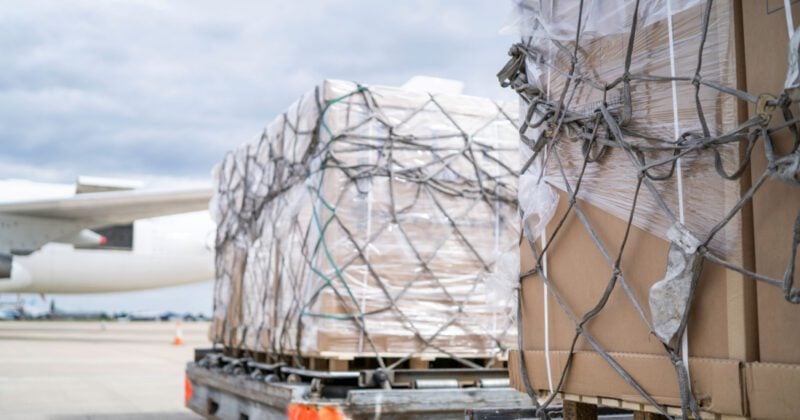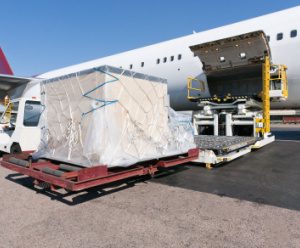
Air freight conditions improving despite inflation concerns

There are now clear signs that the global economy will avoid the worst recessionary predictions. As consumer demand remains strong despite soaring inflation, air cargo markets could see conditions improving in the second half of 2023. This, however, hinges on whittling away high inventories in key import markets.
The receding recession threat
The picture emerging in 2023 suggests that higher interest rates are not stifling growth, but neither are they dampening the effects of inflation. While global manufacturing metrics are largely flat, demand for services is rebounding and U.S. consumers are spending freely. Economists are increasingly ruling out either ‘hard’ or ‘soft’ landings for the global economy and instead wonder if there will be a landing.
The re-opening of China and lower energy prices are key factors for this economic resilience. But while a recession is no longer imminent, interest rates could continue to rise as bankers try once more to bring down inflation.
What this means from a trade perspective is uncertain for now. According to financial firm Nomura, exports from most Asian economies remain weak. India, for one, saw its year-on-year export growth in February decrease by 8.8 percent.
China’s export levels over the January to February period is 6.8 percent lower than a year earlier, which followed a 9.9 percent year-on-year decline in December 2022. Nomura also noted that Beijing is predicting a conservative GDP growth target of around five percent due to shrinking export levels and the still-weak property sector.
The inventory effect
Meanwhile, DHL’s March Airfreight State of the Industry reports that global capacity is 14 percent higher than in March 2022. The report also highlighted that as the global travel business recovers, the bellyhold capacity from passenger flights has also seen a 20 percent year-on-year increase.
“The return of bellyhold capacity is giving customers more freight options,” said Kelvin Leung, Asia Pacific CEO of DHL Global Forwarding. “We have also observed a stronger March in terms of demand. It is likely attributed to the continuous opening of the China market as well as the quarter-end.”
Ongoing high inventory level is also a key stumbling block for recovery, amid a sluggish export situation. Market research firm Ti published its recent Air Freight Rate Tracker report, pointing to an increasing inventory level over the past quarter. U.S. and European factories and retailers are still sitting on too much inventory, thus putting the brakes on new factory orders. Companies remain focused on inventory reduction, causing short-term headwinds for the air freight market.
Cautious positive outlook for second half of 2023
With fewer supply chain disruptions globally and delivery times decreasing, factories and retailers have less need to hold high inventory levels. In addition, the increase in the cost of working capital is also prompting factories and retailers to improve the efficiency of their inventory management. Ti’s report highlighted that inventory levels would probably need restocking at the end of Q2 and Q3, providing a much-needed boost to the air freight market.
However, Niall van de Wouw, head of airfreight at Xeneta, is predicting a “longer, nastier” period for air freight than many were currently expecting. “There are a lot of signals; interest rates hikes and inflation. If there is de-stocking in Q3, plus a slowdown in the economy, that may have a net-zero effect on air freight,” said van de Wouw.
But the positives from an increasing PMI Index and slight increase in export orders outbound from Asia Pacific to the U.S. and Europe are putting some confidence in the market. “There is a sense of hopefulness for the second half of the year, with an expected recovery in volumes while the economy stays resilient against inflation,” noted Leung.
MORE FROM THIS COLLECTION













 English
English